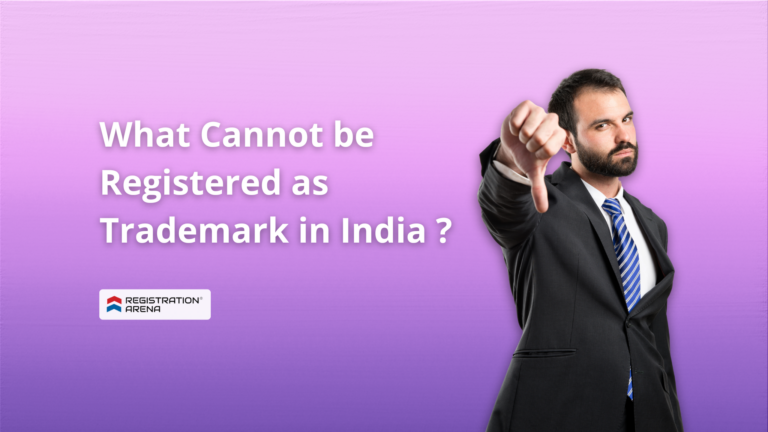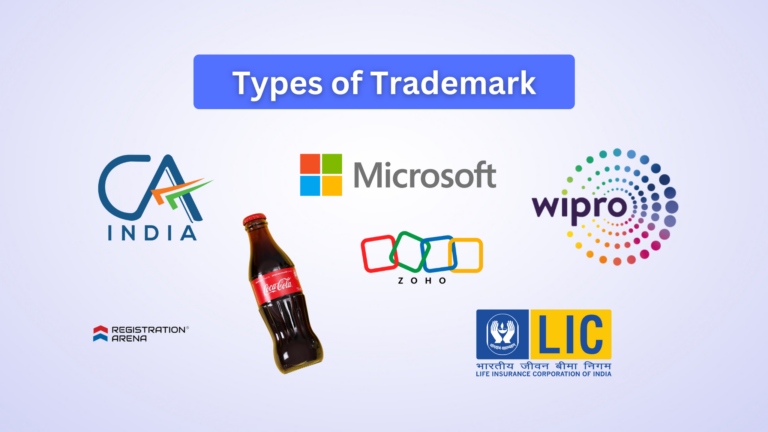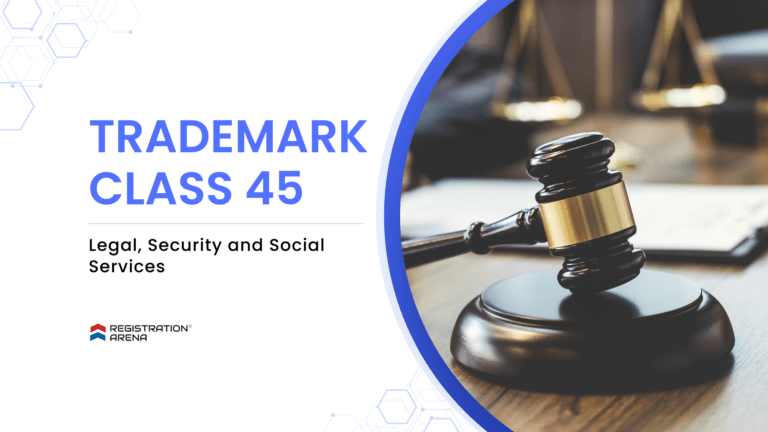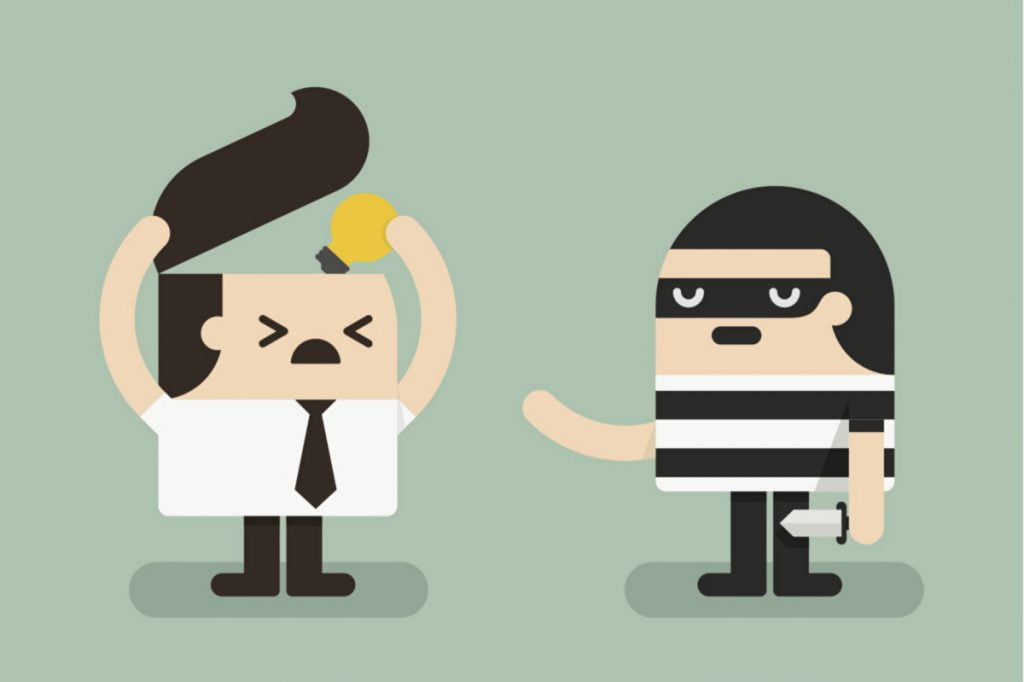
The trademark owner can be an individual, business organization, or any legal entity. A trademark may be located on a package, a label, a voucher, or on the product itself. For the sake of corporate identity trademarks are often displayed on company buildings. It is legally recognized as a type of intellectual property.
Steps to take if someone uses your trademark:
Trademark registration ensures certain rights and privileges to the owner and protects him from ripped off or copied by imitators. It prohibits the use of the same logo or design by others. Hence it makes sure that the owner has complete control over the brand name. Even after trademarking a logo, we see that certain other business owners feel that they can copy it and get away with it. So as an owner, what can you do if someone copies your trademark logo? Take a look at the steps you can take if you figure out that someone has been misusing your logo.
- MAKE SURE IF THERE IS TRADEMARK INFRINGEMENT:
- Before taking any serious action, first make sure that there is a trademark infringement.Here are some facts to keep in mind, trademark infringement occurs only when consumers will be confused by the dual use of the trademark and whether the mark is being used on competing goods and services. In the case of Bata vs Bata 1980s, the shoe maker Bata wanted to stop a company marketing foam materials from operating under the same name. The judge asked, “How would the customers know that Bata is not producing foam?” The judge reasoned that it is reasonable to assume that a customer would not ask a seller whether the product is manufactured by the shoe maker. For this reason, Bata won the case, despite the fact that its domain is completely different.
- The next factor to consider is location. If you operate a flower shop in Mumbai and someone opens a similarly named flower shop in Ranchi, this likely isn’t considered infringement because customers in Mumbai probably won’t mix up their local store with one in Ranchi.
- Another interesting point of trademark law involves names that are not identical but can still infringe another name. Sight, sound and meaning are important factors in deciding if two marks are similar.
- TAKE ACTION:
Section 29 and 30 of the Trade Marks Act, 1999 deal with the infringement action as a remedy against unlawful and unauthorized use of a registered trademark.If you think that the other name is being used on competing goods and services, the customers would likely be confused by the two names and the other name is being used in the same geographic region then you should definitely take action :
- The first step would be to contact a Trademark expert/lawyer/Attorney who has some experience in the field of trademark law and then follow their advice.
- Issues like these are usually dealt with by sending a caution letter to the business infringing your brand name and asking them to refrain from using your trademark logo or tagline.
- If the infringer backs off and respects your word and stops utilising your brand name, then the matter is dealt with, and you can go back to managing your business.
- In the off chance that the imposter pays no heed to your caution and continues doing the same, you will have to bring it to the notice of the court and undertake legal proceedings as required.
- Record a claim stating the infringement and the effects it is having on your business in a court nearby and if the violation is occurring in several localities, then approach the state court.
- Record a trademark encroachment claim and file for the accused to pay you cash for the harm he or she has done to your business.
- Trademark registration helps you out and this is extremely helpful when running a business in today’s ultra-competitive world. Having a brand name that people identify with goes a long way in increasing sales and building brand value. This is precisely why you should not take infringement of trademark laws lightly.
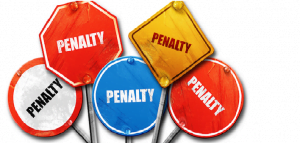
Trademark Infringement Penalties
Trademark registration ensures certain rights and privileges to the owner and protects him from ripped off or copied by imitators. It prohibits the use of the same logo or design by others. Intellectual property (IP) infringement occurs when a mark is used, reproduced or sold without the permission of the IP rights holder Intellectual property laws protect the Trademark, Copyright and Patents. Laws against infringement are vital because they help IP creators prevent others from using their IP without permission.
Improper Trademark Use
A penalty and imprisonment is applicable for any person who is deemed to falsifying and falsely using a registered trademark. A person is considered to be use a trademark unauthorised if:
- If a person uses a trademark without the assent of the proprietor of the trademark or deceptively uses a similar trademark.
- A person falsifies any genuine trademark, whether by alteration, addition, effacement or by any other means.
A person is deemed to falsely apply to goods or services a trademark if:
- If a person without the permission of the registered trademark owner applies such trademark or a deceptively similar trademark to goods or services or any package containing goods.
- If a person uses any package bearing a mark which is identical with or deceptively similar to the trademark of such proprietor, for the purpose of packing, filling or wrapping any goods other than the genuine goods of the registered trademark owner.
Penalties For Infringement Of Trademark – Applying Unauthorised Trademark
A person is considered to be applying a trademark wrongfully if :
- A person falsifies any trademark.
- A person falsely applies any trademark to good and services.
- A person makes, disposes of, or has in his possession, any die, block, machine, plate or other instrument for the purpose of falsifying or of being used for falsifying, a trademark.
- A person applies any false trade description to goods or services.
- Applies to any goods to which an indication of the country or place in which they were made or produced or the name and address of the manufacture or person for whom the goods are manufactured is required to be applied. A false indication of such country, state, place, name or address.
- Tampers with, alters or effaces an indication of origin which has been applied to any goods to which it is required to be applied.
For all the above given offences, a person is punishable for imprisonment for a term of six months or above and with a fine of Rs 50,000/- which may extend to Rs 2,00,000/- Let us understand the infringement of a trademark with a example:

PayPal has accused Paytm for copying its logo. The US-based e-wallet, a pioneer in digital transactions, claims that PayTM had no other reason to use the same two-tone colour scheme in its trademark infringement complaint with the Indian Trademark Office. As it comes at a time when PayTM is enjoying massive gains from the demonetisation of large notes, the complaint does seem rather opportunistic; however, this is not what the courts will be analysing. And though the colours of a logo may not mean anything to the common observer, smaller matters have been at the centre of trademark infringement cases in the past. And, as we shall see, with very good reason.
Penalty For Trademark Infringement – For Selling Goods And Services With Unauthorised Trademark
Any person who sells goods and services to which any unauthorised trademark or any false trademark description is applied is punishable for imprisonment for a term of six months or above and with a fine of Rs 50,000/- which may extend to Rs 2,00,000/-
However, the person shall not be punishable he/she proves that :
- They have taken all reasonable precautions against committing an offence and at the time of committing of the offence they had no reason to suspect the genuineness of the applied trademark.
- That, they on demand by or on behalf of the Prosecutor, gave all information in his power with respect to the person from whom he obtained such goods or things or services.
- That, they otherwise had acted innocently.
Penalty For Falsely Representing A Trademark As Registered
If any person falsely represents a trademark as registered even if it is not registered then he/she is punishable with imprisonment for a term which may extend to 3 years or with a fine, or both.
